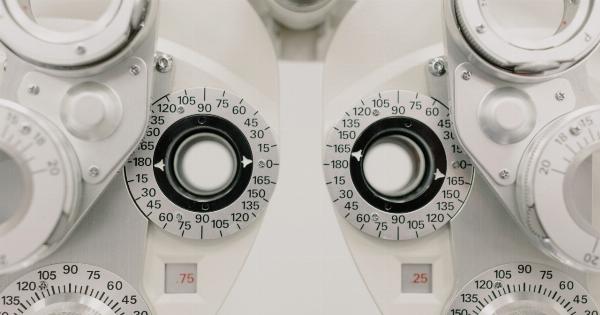Self diagnostic testing has become increasingly popular in recent years as individuals seek to take control of their own health care.
These tests allow individuals to monitor various aspects of their health from the comfort of their own homes, without the need for a visit to a healthcare professional. However, it is important to understand that the results of these tests can be influenced by external factors, such as temperature.
Why is temperature important in self diagnostic testing?
The accuracy of self diagnostic testing relies on a number of factors, including temperature. Many tests require specific temperature ranges to ensure accurate and reliable results.
This is because temperature can impact the performance and stability of the reagents and chemicals used in the testing process.
When a test kit is exposed to extreme temperatures, it can lead to the degradation of the reagents and chemicals, rendering the test inaccurate and unreliable.
Extreme heat or cold can denature proteins, change the chemical reactions, or even destroy the test strips or sensors used in the detection process.
The impact of temperature on different types of self diagnostic tests
The effects of temperature vary depending on the type of self diagnostic test being performed. Let’s examine the impact of temperature on some common self diagnostic tests:.
1. Pregnancy Tests
Pregnancy tests typically rely on the detection of the hormone human chorionic gonadotropin (hCG) in urine. Temperature fluctuations can affect the sensitivity and accuracy of these tests.
Extreme temperatures can cause the breakdown of hCG, leading to false negative results.
2. Blood Glucose Tests
People with diabetes often rely on self diagnostic blood glucose tests to monitor their blood sugar levels. Extreme temperatures can affect the accuracy of these tests by denaturing the enzymes used to measure glucose levels.
This can lead to inaccurate readings and potentially dangerous situations for individuals managing their diabetes.
3. Ovulation Tests
Ovulation tests are used by women to identify the most fertile days in their menstrual cycle. Temperature changes can impact the functioning of the antibodies used in these tests, leading to inaccurate results.
It is important to store and perform these tests within the recommended temperature range to ensure reliable results.
4. Allergy Tests
Allergy tests often involve the detection of specific antibodies or immune responses to various allergens. Temperature fluctuations can impact the stability of these antibodies, leading to unreliable results.
It is crucial to follow the storage and usage instructions provided with the test kit to ensure accurate results.
5. Drug Tests
Self diagnostic drug tests are often used to detect the presence of drugs or their metabolites in urine or saliva samples. Temperature plays a significant role in these tests, as it can impact the chemical reactions involved in the detection process.
Deviating from the recommended temperature range can lead to false positive or false negative results.
How to ensure accurate results in self diagnostic testing
To ensure accurate results in self diagnostic testing, it is important to follow the instructions provided with each test kit. Here are some tips to consider:.
1. Store test kits properly
Most self diagnostic test kits have specific storage temperature requirements. Ensure that the test kits are stored within the recommended temperature range to maintain the stability of the reagents and chemicals.
2. Pay attention to usage temperature
Some test kits may require samples to be at a specific temperature before performing the test. Follow the instructions provided with the kit and allow samples to reach the recommended temperature before testing.
3. Understand temperature limitations
Read the product information carefully to understand any temperature limitations associated with the test. Avoid exposing test kits to extreme heat or cold, as this can affect the integrity of the reagents and chemicals.
4. Consider ambient temperature
When performing self diagnostic tests, consider the ambient temperature of the room. Extreme temperature fluctuations in the testing environment can impact the accuracy of the results.
5. Be aware of expiration dates
Expired test kits are more likely to provide inaccurate results, regardless of the temperature conditions. Always check the expiration date before using a self diagnostic test and discard any expired kits.
Conclusion
Temperature plays a crucial role in the accuracy and reliability of self diagnostic testing. Extreme temperatures can significantly impact the performance of reagents and chemicals used in these tests, leading to unreliable results.
It is important to store and use self diagnostic test kits within the recommended temperature range to ensure accurate and trustworthy results. By following the instructions provided with each test kit and considering temperature limitations, individuals can maximize the effectiveness of self diagnostic testing in monitoring their health.



























